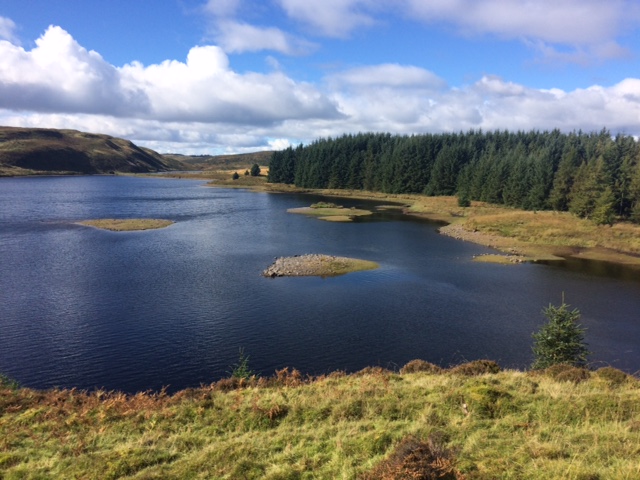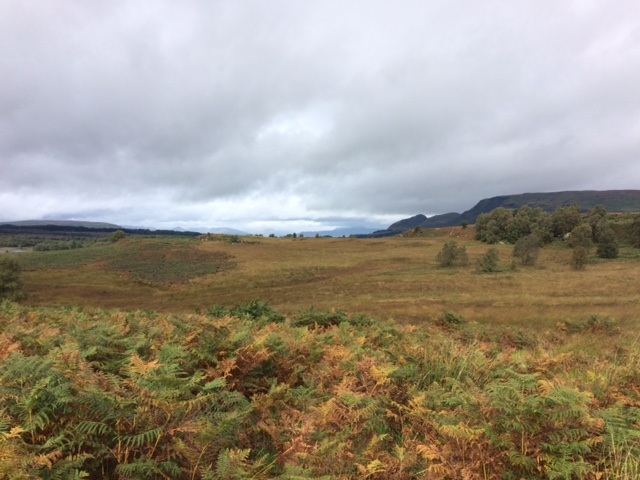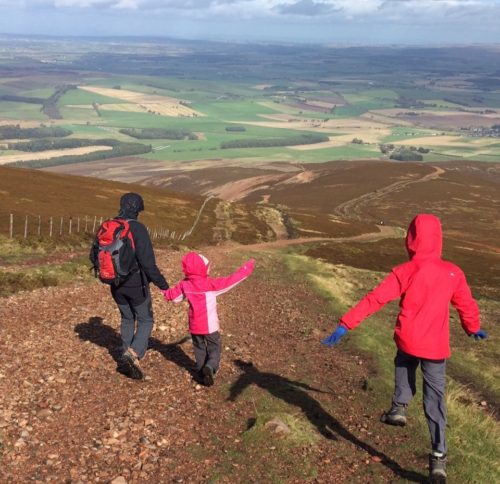
Have you ever gone for a walk somewhere scenic on a lovely day and come back feeling generally better? That’s because nature is good for you, both physically and mentally.
There are a number of reasons that have been suggested as to why this might be the case. You are often more active than you would be at home, you may be spending time with your friends and family. You may be benefiting from exposure to sunlight.
Nature does you good throughout your entire life. Primary school children who live in or who attend schools in greener ares have been shown to have better concentration and better memories, both in richer and poorer areas (1). Teenagers who live in greener areas have lower risks of depression (2). People over the age of 65 who live in greener areas were found to have lower rates of Alzheimer’s disease and of depression. The benefits were higher in poorer areas (3)
People living in greener areas tend to be more physically active (4). However, you don’t need to live in a a particularly green area to gain health benefits. Visiting a park once a week and especially being physically active, eg. walking or cycling while you are there, reduces the risk of poor mental health.
People who are physically active in a natural environment have lower stress levels and are less anxious than people who are exercising indoors. If we’re physically active outdoors we also enjoy it more, feel more satisfied afterwards, and are more likely to want to do it again (5,6,7).
Aside from the mental and psychological benefits there are also physical benefits of being around nature. Living in a greener area is associated with a lower risk of heart related deaths, premature births, a lower risk of being diagnosed with type 2 diabetes and a lower overall death rate (8,9). Lower rates of obesity are found in areas with natural spaces, access to open water, and a mild climate (cool, dry summers and warm sunny winters) (10).

Over the last few decades an activity called Shrin-yin yoku meaning “forest bathing” has become increasingly popular in Japan. It involves visiting natural areas to go for a leisurely walk, focusing on taking in the atmosphere, taking note of nature, and relaxing or meditating. Research has suggested positives on physical indicators of stress eg. Blood pressure, heart rate and stress hormones.

Tinto hill, near Biggar, Oct 2018
Hopefully I’ve convinced you about the potential benefits of nature. You may by now be thinking of the obstacles. It’s all very well going on about picturesque valleys with rivers running through them while at the same time you live in a very built up area, surrounded by traffic with little nearby parkland. Or maybe your health means that you struggle to get out at all without the help of family or friends. And of course, there’s always the weather… But if you can, try and find away to get outside. Go to your local park or canal path. Ask your dog-owning friends where to go – they often have the best local knowledge! Think about packing a picnic and going on a day-trip, even if the weather is not perfect – it never is. Get the kids in their waterproof jackets and get out.
We’d love you to share your favourite walks.

References:
- Breathe project: https://www.isglobal.org/en/project/-/asset_publisher/qf6QOKuKkIC3/content/breathe-brain-development-and-air-pollution-ultrafine-particles-in-school-children
- The Association between Natural Environments & Depressive symptoms in Adolescents living in the US, Bezold et al, https://www.jahonline.org/article/S1054-139X(17)30505-0/fulltext
- Health Disparities in the Relationship of Neighbourhood Greeness to Mental Health Outcomes in 249,405 US Medicare Beneficiaries, Brown et al, https://www.mdpi.com/1660-4601/15/3/430
- Role of Physical Activity in the Relationship between Urban Greenspace and Health, Mitchell et al, https://www.publichealthjrnl.com/article/S0033-3506(13)00005-X/fulltext
- Does Participating in Physical Activity in an Outdoor Natural Environment have a greater effect on Physical and Mental Wellbeing than Physical Activity Indoors, Thompson, et al, https://pubs.acs.org/doi/abs/10.1021/es102947t
- Is physical activity in natural environments better for mental health than physical activity in other environments? Mitchell et al, https://www.sciencedirect.com/science/article/abs/pii/S0277953612003565
- The Relationship between the Physical Activity Environment, Nature Relatedness, Anxiety, and the Psychological Well-being Benefits of Regular Exercisers, Lawton et al, https://www.ncbi.nlm.nih.gov/pmc/articles/PMC5483473/
- Residential Greenspace is associated with reduced Cardiovascular and All-cause Mortality, Gascon et al, https://www.ncbi.nlm.nih.gov/pubmed/26540085
- A Systematic Review and Meta-analysis of Greenspace Exposure and Health Outcomes, Twohig-Bennett et al, https://www.ncbi.nlm.nih.gov/pubmed/29982151
- The Relationship between Access to Natural Environmental Amenities and Obesity, Cureus et al, https://www.cureus.com/articles/3112-the-relationship-between-access-to-natural-environmental-amenities-and-obesity
2 replies to "The Great Outdoors"
Great article. Always feel so much better after a long walk. Almost like meditation for the body and mind. Thanks Izzy
Thanks, I agree, makes my mind feel calmer too.